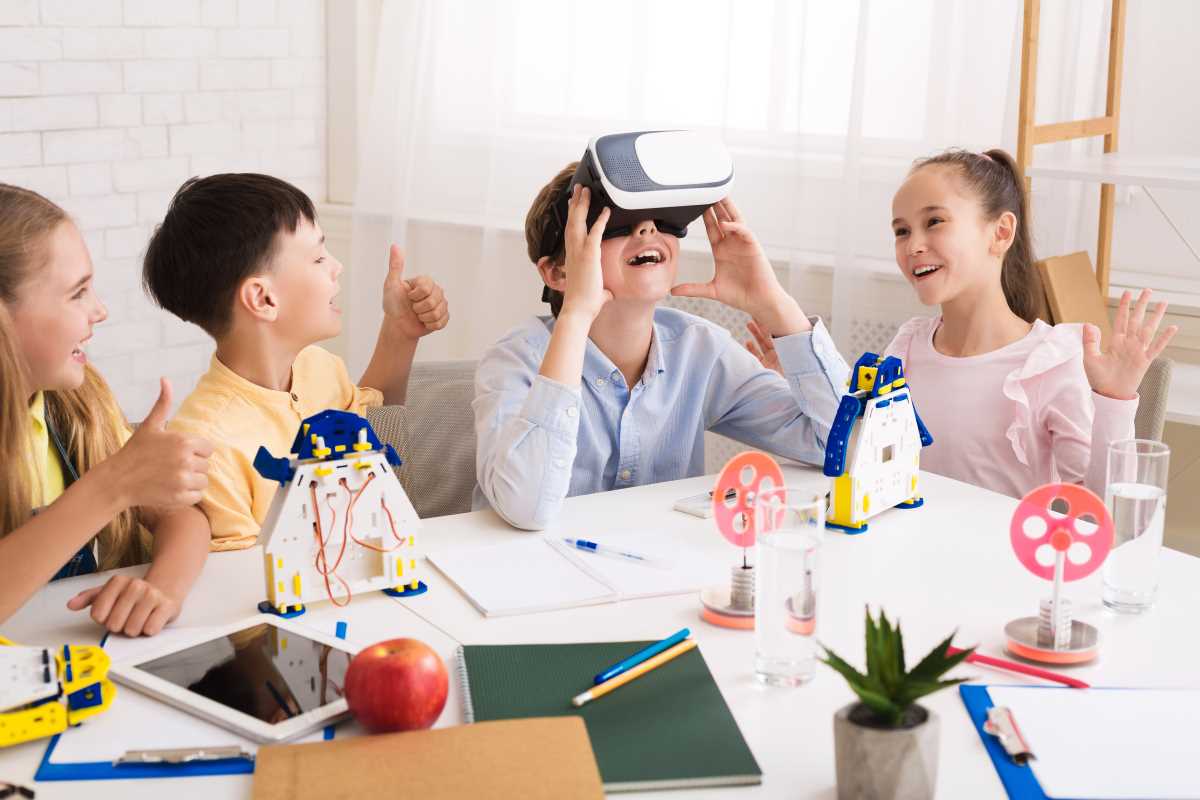Gone are the days when classrooms were limited to the confines of a traditional school building. Thanks to the emergence of new technologies, education is transforming in remarkable ways that once seemed out of reach. Students today engage with digital tools that bring a new level of excitement, personalization, and accessibility to their learning experiences. This evolution is more than just a passing trend; it signifies a profound shift in the methods and environments in which education is delivered and experienced. The boundaries of learning are expanding, creating endless possibilities for students and educators alike.
From digital classrooms to virtual reality, technology reshapes every aspect of education. These advancements enhance the learning experience and prepare students for a future where technological proficiency proves essential. Let’s explore the various ways technology revolutionizes education and what it means for students and educators alike.
The Rise of Digital Classrooms
- Smart Boards: Interactive whiteboards that replace traditional blackboards, allowing for dynamic presentations and interactive lessons.
- Learning Management Systems (LMS): Platforms like *Canvas* and *Google Classroom* that organize course materials, assignments, and communication between teachers and students.
- Online Collaboration Tools: Tools such as *Microsoft Teams* and *Zoom* that facilitate remote meetings, group projects, and real-time collaboration.
- Digital Textbooks: E-books and online resources that offer interactive content, multimedia elements, and easy updates compared to traditional textbooks.
- Educational Apps: Applications designed to reinforce learning through games, quizzes, and interactive exercises tailored to various subjects.
Personalized Learning Experiences
Artificial Intelligence (AI) and machine learning lead the way in creating personalized learning experiences. These technologies analyze student performance data to tailor educational content to individual needs. For instance, adaptive learning platforms adjust the difficulty of tasks based on a student’s progress, ensuring that each learner neither feels bored nor overwhelmed.
AI-driven tutors provide instant feedback and additional resources, helping students grasp complex concepts at their own pace. This level of customization enhances understanding and boosts student engagement and motivation, as learners feel their unique needs receive attention.
Virtual Reality and Augmented Reality in Education
- Enhanced Engagement: VR and AR make learning immersive by allowing students to explore historical sites, conduct virtual science experiments, and visualize complex mathematical concepts in 3D.
- Improved Retention: Interactive and experiential learning through VR and AR helps students retain information better than traditional rote memorization techniques.
- Accessibility: These technologies provide access to experiences that might otherwise prove impossible, such as space exploration or deep-sea diving, broadening educational horizons.
- Cost and Implementation Challenges: High costs of VR/AR hardware and the need for teacher training present significant hurdles in widespread adoption.
- Technical Limitations: Issues like motion sickness in VR and the need for high-quality content can impact the effectiveness of these technologies in the classroom.
Remote Learning: A New Normal
- Pros:Flexibility in scheduling allows students to learn at their own pace and on their own time.
- Access to a wider range of resources and courses that might not be available locally.
- Reduced commuting time and associated costs for both students and educators.
- Cons:Lack of face-to-face interaction can lead to feelings of isolation among students.
- Reliable internet access and appropriate devices are necessary, which may not be available to all students.
- Maintaining student discipline and engagement in a virtual environment presents challenges.
Preparing for Future Careers
Technology in education not only enhances current learning experiences but also equips students with the skills they need for future job markets. Familiarity with digital tools, coding, and data analysis becomes increasingly important as industries integrate advanced technologies.
Educational programs now incorporate STEM (Science, Technology, Engineering, and Mathematics) curricula that emphasize critical thinking, problem-solving, and technical skills. Soft skills such as digital communication and teamwork develop through collaborative online platforms and project-based learning initiatives.
Future of Education
Looking ahead, the future of education promises even more innovative technologies that will further change how we teach and learn. From artificial intelligence tutors to blockchain-based credentialing systems, the possibilities seem endless. Educators and students alike must stay adaptable and continue to accept these changes to fully realize the benefits they offer.
Integrating new technologies into education creates a more dynamic, personalized, and accessible learning environment. While challenges exist, the potential benefits for students' educational outcomes and future career readiness appear immense. As technology continues to evolve, so too will the ways in which we approach and value education, ensuring that learners prepare well for the demands of the modern world.







.jpg)